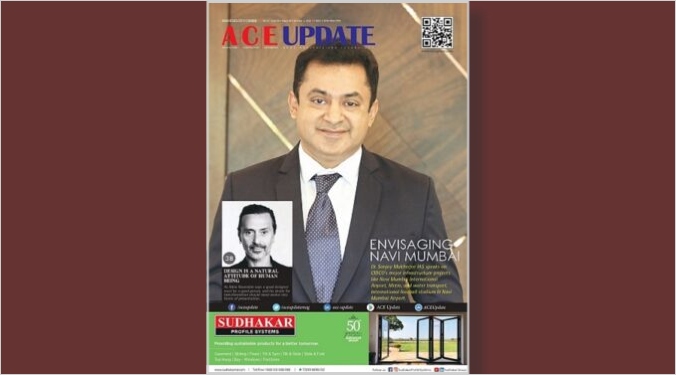Gujarat: fastest growing state, but lags in social sector
Gujarat: fastest growing state, but lags in social sector
A Planning Commission report on Gujarat has revealed that while Gujarat had a good record in infrastructure development, its health and education sectors did not fare well
The Annual Plan for 2013-14 for Gujarat was finalised at a meeting between Montek Singh Ahluwalia, Deputy Chairman, Planning Commission and Narendra Modi, Chief Minister of Gujarat. The plan size has been agreed at Rs. 59,000 crore which includes the central assistance to the state plan of about Rs. 3,979 crore. In addition, an amount of about Rs. 6,000 crore is likely to flow from the centre to Gujarat through various centrally sponsored schemes. Thus, plan funding from the Central Government to Gujarat, from all sources, is expected to be about Rs. 10,000 crore during 2013-14.
The Planning Commission noted that the state has continued to be amongst the fastest growing states in country. The commission noted that in agriculture and allied activities, the average growth performance in the 11th Plan was higher than what was achieved by the country as a whole, but there was a drop from the high growth registered by the state in the agriculture sector during the 10th Plan. The commission emphasised the importance of agriculture growth for inclusiveness. The state government indicated that it has planned out a 2nd phase for their growth initiative in the farm sector including establishment of front-end facilities and a further thrust in animal husbandry.
In the discussion, the Planning Commission drew attention to the fact that Gujarat’s performance in the social sector lags behind what could be expected from a high growth state. Of particular concern in this context was the level of the child sex ratio (CSR), IMR, MMR and malnutrition. Between 2001 and 2011, there has been an improvement at the state level for the child sex ratio, but this consists of deterioration in about half of the districts, offset by gains in the others. Evidence suggests that malnutrition levels were higher than what the advanced economic level of the state should have warranted. The state government responded that it shared the concerns of the Planning Commission on the importance of social sector development and spelt out the initiatives that it has adopted to remedy the situation.
The meeting discussed the steps to be taken to increase the growth rate, including revival of investment and development of infrastructure, and building greater drought resilience through management of water resources.
The state government raised issues where it felt the Central Government policies need to be reviewed to improve resource allocation for efficiency and to avoid creating impediments for state development.
6
Cookie Consent
We use cookies to personalize your experience. By continuing to visit this website you agree to our Terms & Conditions, Privacy Policy and Cookie Policy.






